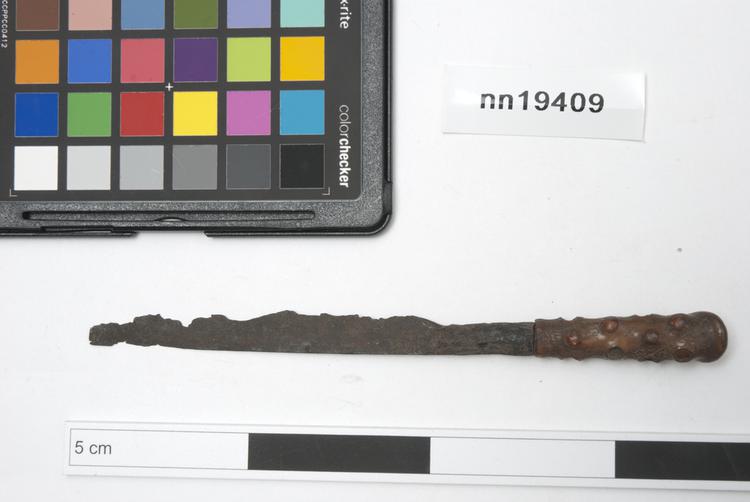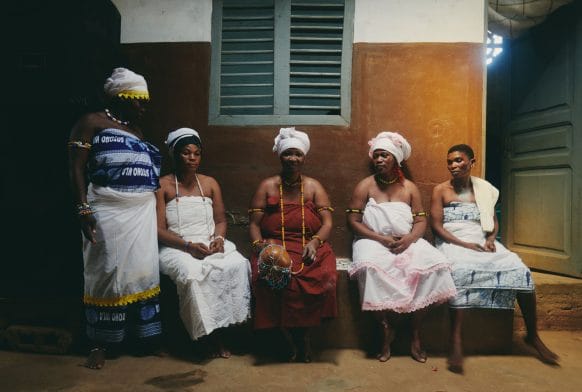Partially beaten lace bark cloth, or lace cloth, showing process of making. Is marked in pen on inside 'Jamaica 1918'.
Lace-bark is a form of barkcloth made from the inner bark of the lace-bark tree (Lagetta lagetto) which grows in Jamaica, Cuba and Hispaniola. However, it differs from all other tropical barkcloths – such as Fijian bark cloth for instance – in that it is not beaten but instead stretched and teased to form a natural lace. The natural lace of the lace-bark tree was widely used by black Jamaicans for clothing and crafts, both during the era of slavery (as observed by Sir Hans Sloane in the 17th century), and after emancipation. As a versatile material, it was used to make fencing, whips, clothing and shoes. Today, it is a forgotten material, and a major factor in the decline of its use in the 1950’s is associated with deforestation and the loss of popularity of materials made from plants.


































































































































































































































































































































































































































































































































